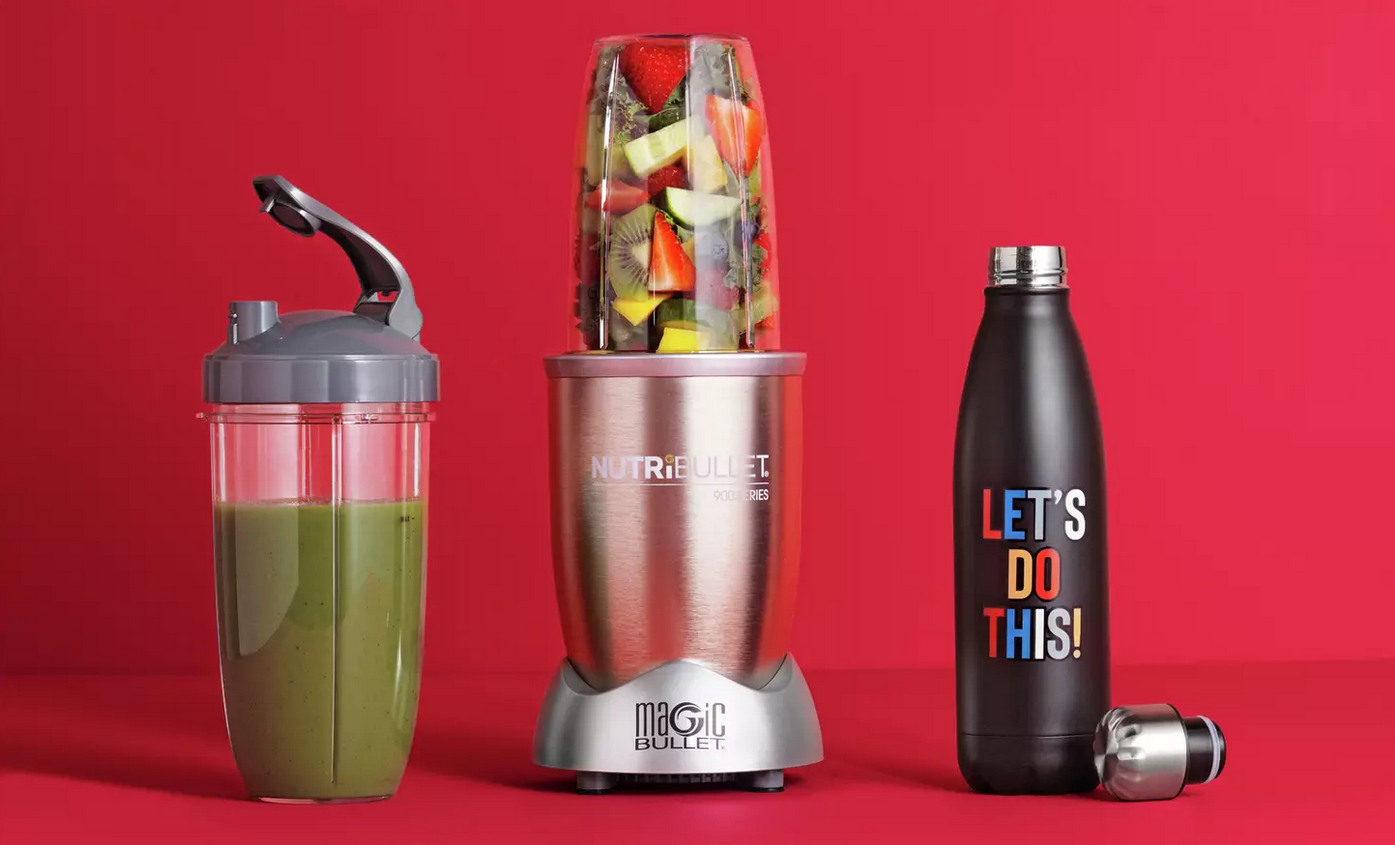
Blenders are essential kitchen appliances that are used to blend a variety of ingredients into delicious smoothies, soups, and sauces. Keeping your blender clean is crucial to ensure that it functions properly and produces healthy and tasty recipes. Neglecting to clean your blender regularly can lead to the build-up of food particles and bacteria, resulting in a foul smell, reduced performance, and potential health hazards. In this blog, we will provide you with simple and effective hacks to clean your blender and maintain its spotless condition.
Easy step-by-step blender cleaning
For most blenders, you can use the following step-by-step guide to provide a simple clean.
- Disassemble the blender by removing the jug from the base.
- Pour warm water and a few drops of dish soap into the pitcher.
- Use a soft sponge or cloth to clean the inside of the jug thoroughly. For tough stains, you can add a tablespoon of baking soda and let it sit for a few minutes before scrubbing.
- Rinse the jug thoroughly with warm water to remove any soap residue.
- Wipe down the base of the blender with a damp cloth to remove any spills or splatters.
- Clean the blades by filling the jug with warm water and a drop of dish soap, and then running the blender on low speed for a few seconds. Be careful not to immerse the entire blender in water.
- Rinse the blades thoroughly with warm water to remove any soap residue.
- Reassemble the blender and store it in a dry place.
Get a deeper clean with baking soda and water
Use baking soda and water: Mix baking soda and water to form a paste. Apply the paste to the stained areas of the blender, let it sit for a few minutes, and then scrub it off with a sponge or brush.
Cleanse with zesty lemons
Lemon is a great cleaning hack for the home. You can use lemon juice and vinegar to clean your blender. Lemon juice and vinegar are both acidic and can be effective in breaking down tough stains. Mix equal parts lemon juice and vinegar, apply to the stained areas, let sit for a few minutes, and then scrub with a sponge or brush.
Using washing up liquid
Soaking with washing up liquid can help to clean. Fill the blender pitcher with warm water and a few drops of dish soap. Let it soak for a few hours, then rinse and clean as usual.
Remove stains and odours with salt
You can use a mixture of salt and ice as an alternative cleaning method. Add a handful of ice and a tablespoon of salt to the blender pitcher. Blend the mixture for a few seconds, then dump it out and rinse with warm water. This can help remove stubborn stains and odours.
Try a specialised blender cleaner
Use specialized blender cleaners: There are many blender cleaners available on the market that are specifically designed to remove tough stains and odours. Follow the instructions on the cleaner to effectively remove the stains from your blender.
How to clean hard-to-reach parts of the blender
You can use a small cleaning brush or a toothbrush. Dampen the brush with warm soapy water and gently scrub the nooks and crannies of the blender, such as the rubber gasket, the base, and the crevices around the control panel. Rinse the brush and the blender thoroughly with clean water and dry with a soft cloth.
Conclusion
Keeping your blender clean is essential for optimal performance and to prevent the build-up of bacteria and odours. Cleaning your blender is easy, and you can use everyday ingredients such as dish soap, baking soda, vinegar, and lemon juice to remove tough stains and odours. A small cleaning brush or toothbrush can be used to reach the hard-to-reach parts of the blender. By following these simple hacks, you can keep your blender functioning properly for years to come.
For more on Kitchen Appliances, click here.